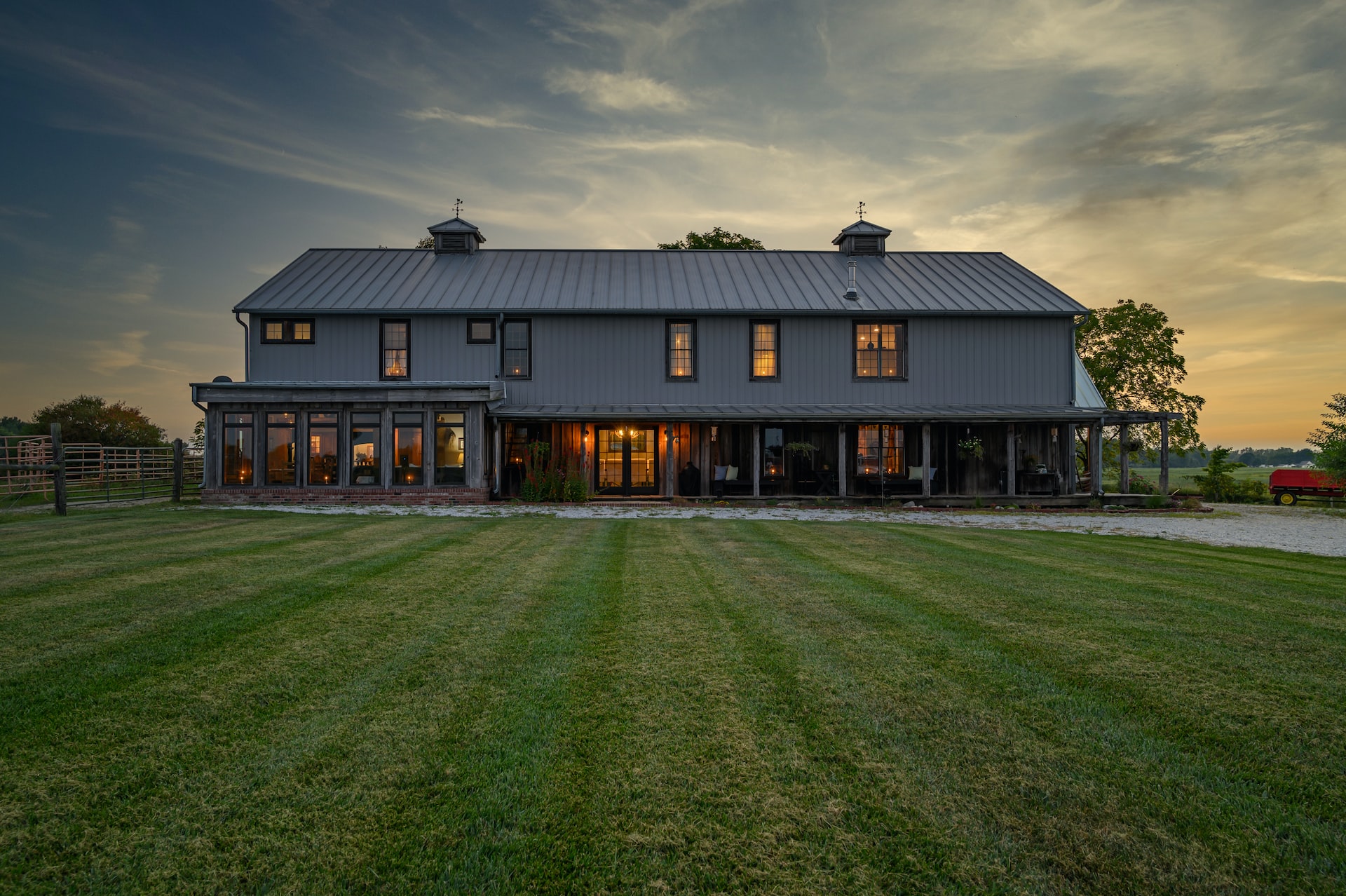The US Homeownership Rate Is Growing, According to Real Estate Expert Andrew Shader
As Andrew Shader shares, there are a number of reasons to buy a home. In addition to financial incentives, buying a home gives individuals and families a sense of stability.
Considering these advantages and the government programs that make buying easier, it’s no surprise that experts predict homeownership will continue its course of upward mobility.
The History of Homeownership Growth
From 1890 to 1930, an average of 46.5% of households owned their homes, according to the Joint Center for Housing Studies at Harvard University. That rate did not fluctuate more than 1.5 % from year to year.
Following the Great Depression and World War II, the federal government instituted programs to help people buy homes. As a result, the 1940s brought an influx of new buyers to the market.
Home buying continued to rise as a result of these programs until the 1960s brought a period of stagnation. During that time, the homeownership rate was 65%, and it remained there until 2008.
The housing crisis that accompanied the Great Recession resulted in a 25% decline in homeownership rates. This was primarily due to a large number of foreclosures that forced people out of their homes. Since borrowers bought homes they couldn’t afford, the recession made it harder for people to keep up with their mortgages.
The Financial Incentive for Homeownership
Starting with millennials, new generations of consumers are looking more seriously at homeownership. These younger generations are more aware of the advantages of homeownership over renting. They see that owning a home helps them build equity as they pay their mortgages.
Over time, the equity that buyers build will give them greater access to wealth. This equity can provide resources to fall back on during a recession or a financial emergency.
Reduced Buying Power May Slow Growth
Many financial experts predict a recession within the next 12 months, but another burst housing bubble isn’t likely to occur. That’s because the Federal Reserve has been raising rates and lenders are stricter in qualifying buyers.
Combined with worker shortages and supply chain issues, these factors will help keep the housing market from crashing.
While fewer buyers are entering the market, homeownership is still expected to increase gradually. Many younger buyers are still ready to find their own homes.
Homeownership Will Continue Growing
Across the nation, economists expect homeownership to continue its pattern of growth. This is largely due to the increasing number of buyers entering the market.
As the population increases, it makes sense that more of those individuals will aspire to homeownership. For this reason, the housing market will likely experience a steady influx of buyers through 2040.
Who Is Andrew Shader?
Andrew Shader graduated from Florida State University with a bachelor’s in business, marketing, and management. From there, he started a career in insurance, which led him to develop the tools he would need to pursue real estate investing. Today, he shares his insights to help others discover the potential for wealth growth available through investing in real estate.

